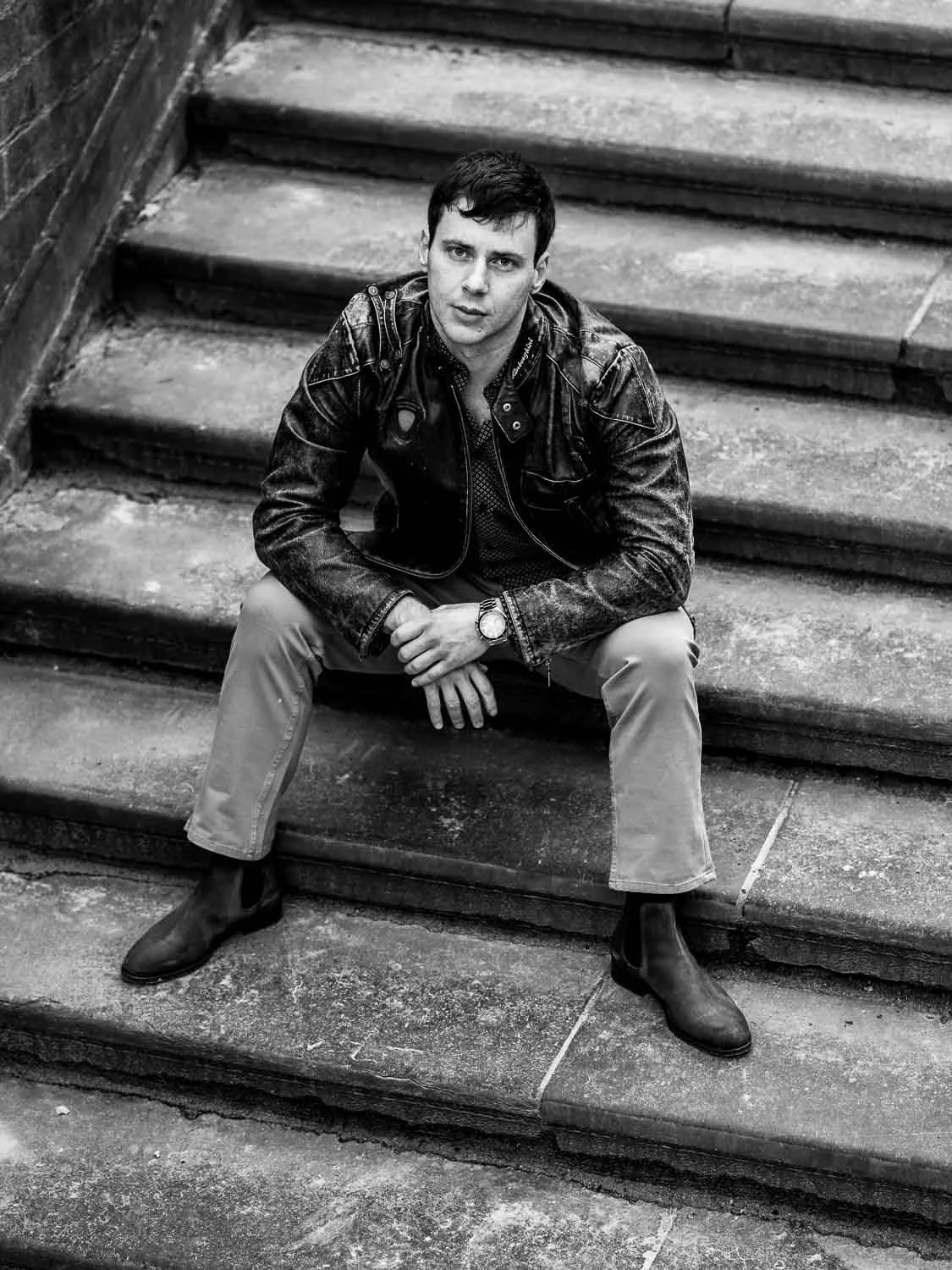I’ve already written an article about how to pose for a great portrait photo. This one puts together tips for preparing for the session. This advice will help to ensure that the shoot goes smoothly and that the resulting photos fully meet your expectations.
La version française de cet article est également disponible
Choosing a photographer
Every photographer has their own style and their own way of working, and it’s important that the kind of images they make correspond to the kind of images you want. Don’t expect them to produce a completely different kind of portrait just for you. Before contacting a photographer, look carefully at their web site. Ideally, you should find at least a handful of their photographs that make you say “Wow! I’d love to have ones like that.”
Of course, you will probably want to compare prices and conditions too, and these should also be set out clearly on their web site. Finally, look for positive comments from previous clients on Google, Facebook and LinkedIn.
Tell the photographer what you want
When you do get in touch with a photographer, tell them as clearly as you can what it is you want. This will help them to respond with an appropriate offer, and to prepare for the shoot on their side: What kind of ‘look’ are you hoping to achieve? (Think about making a screenshot of a ‘wow’ photo from the photographer’s own website or elsewhere and sending it as a reference.) Who are the photos for? Where will they be displayed?
Choosing the location
Perhaps the most important decision you need to make is the location for the shoot – if you want classic, formal portraits, then the studio may be the best choice. Alternatively, you might prefer less formal ‘environmental’ images, with elements of your home or workplace, or of nature or architecture, in the background.
Your choice of location will to a large extent determine the style of the images. A photographer may be able to create studio-type shots in your home or office (but make absolutely sure that he understands that this is what you want). However, he will not be able to make environmental portraits in the studio.
I sometimes do double ‘studio + environmental’ sessions. We start the shoot in the studio and then move on to a nearby park or city location, enabling me to deliver a mix of both types of portrait.
If you have questions, ask!
Don’t be afraid to ask the photographer before the portrait session if there are things you’re worried about. What clothes should I wear? Will I be able to change in privacy? Is there free parking at the studio?
Basic grooming is essential
Of course you want to look your best in your portrait photos, so don’t forget the basics of personal grooming. Before the session starts, check the corners of your mouth and eyes, and brush your teeth. The photographer should be able to retouch temporary skin blemishes, but it’s much harder to photoshop out fragments of your last meal stuck between your teeth!
By all means get your hair done before the shoot. But try to avoid arriving for the session directly from the hairdresser – if you do, your clothes are likely to be covered with hundreds of freshly-snipped fragments of hair.
Arrive on time
This sounds obvious, but remember that the photographer has booked a specific timeslot for your portrait session in his diary, and may have another session immediately afterwards. So if you turn up 20 minutes late, it’s quite likely that your shoot will be shorter than you had hoped.
You’re the model. I’m the photographer.
The final piece of advice is to remember that you and the photographer both have important roles to play in making your portrait session a success, and that these roles are different.
The photographer can help you to pose, but he cannot do it for you – you need to be willing to play along with his suggestions, and to reveal yourself to his camera. Conversely, if you have chosen a photographer whose work you like and admire, then don’t try to tell him how to do his job, but let him exercise his technical and creative skills on your behalf.

